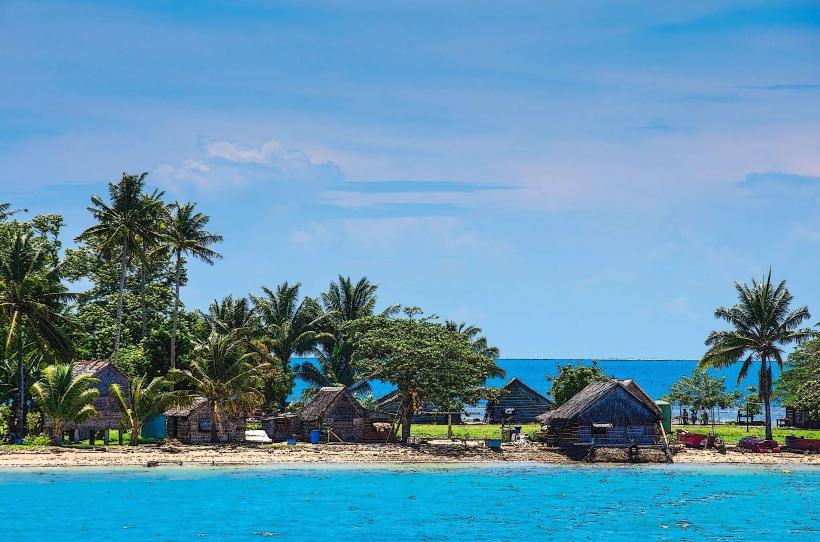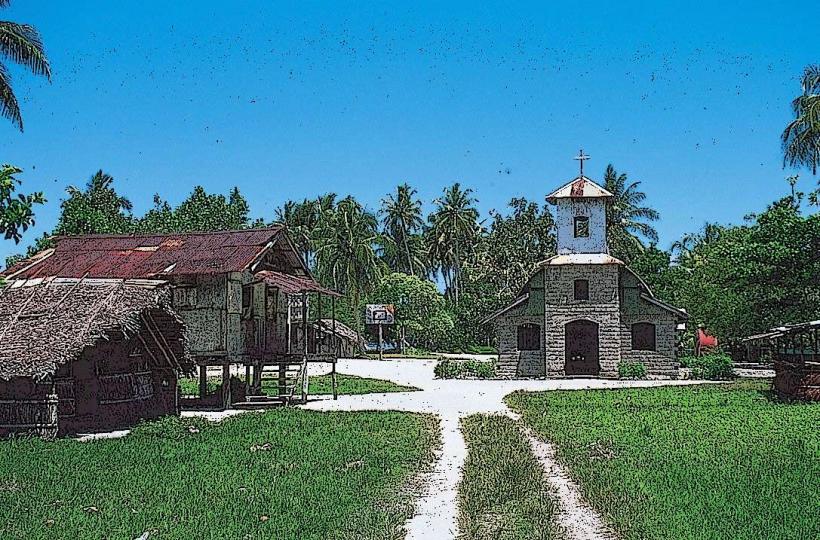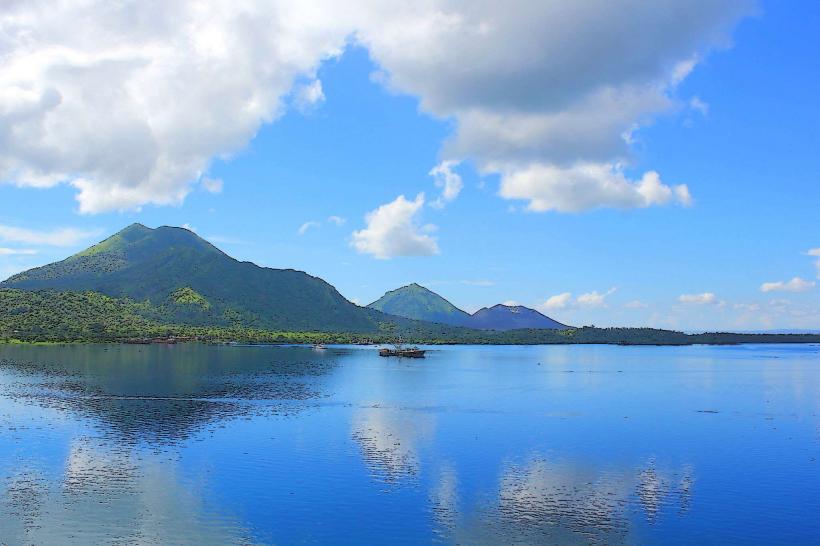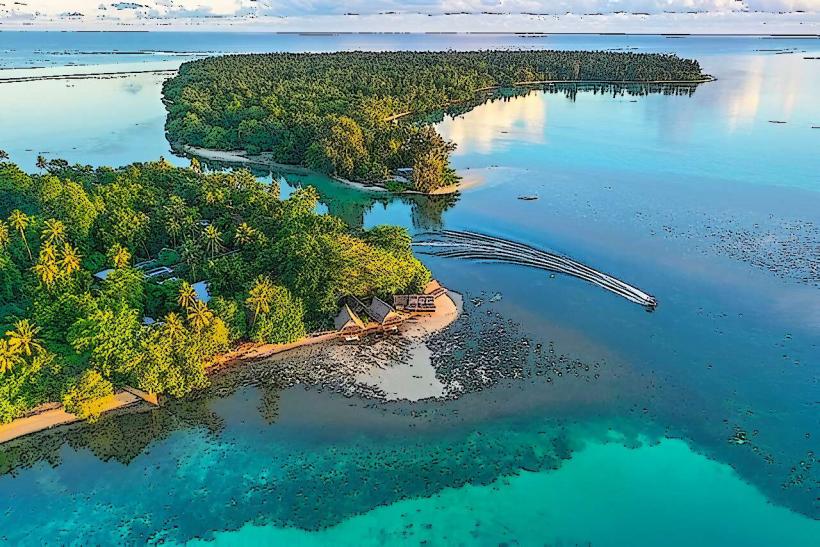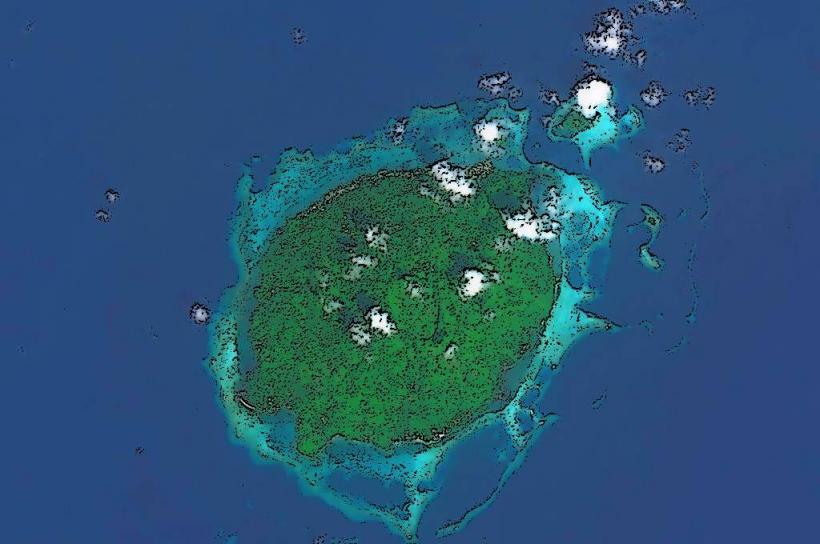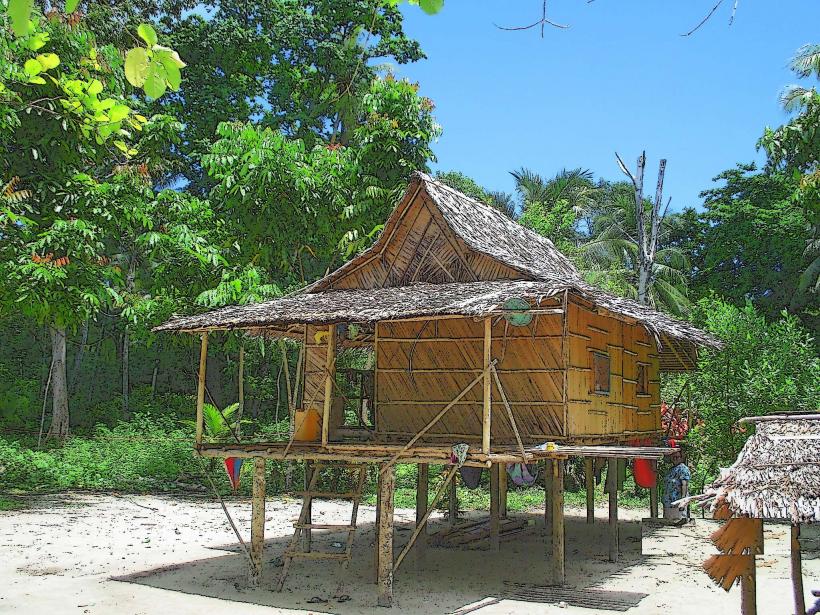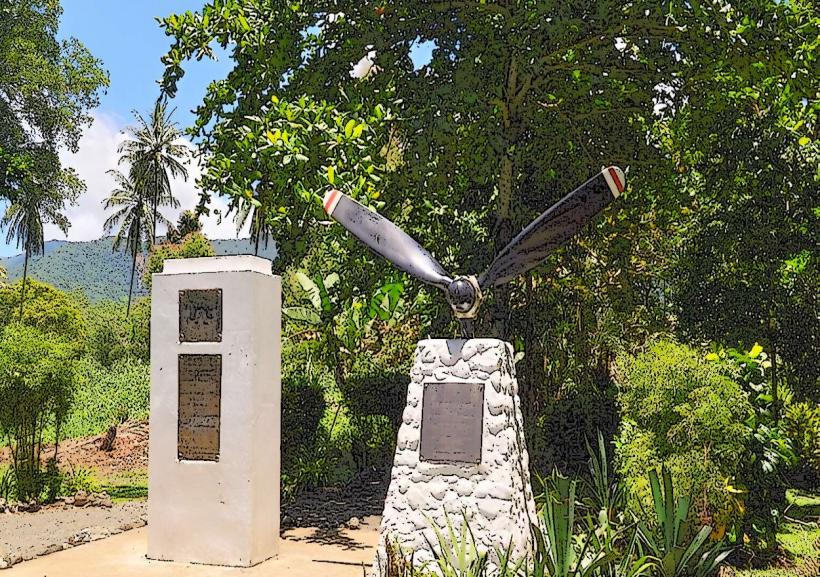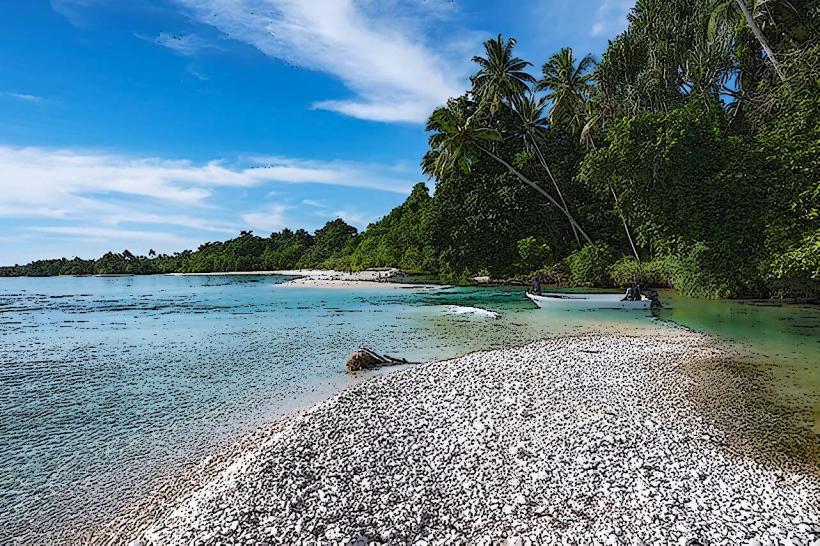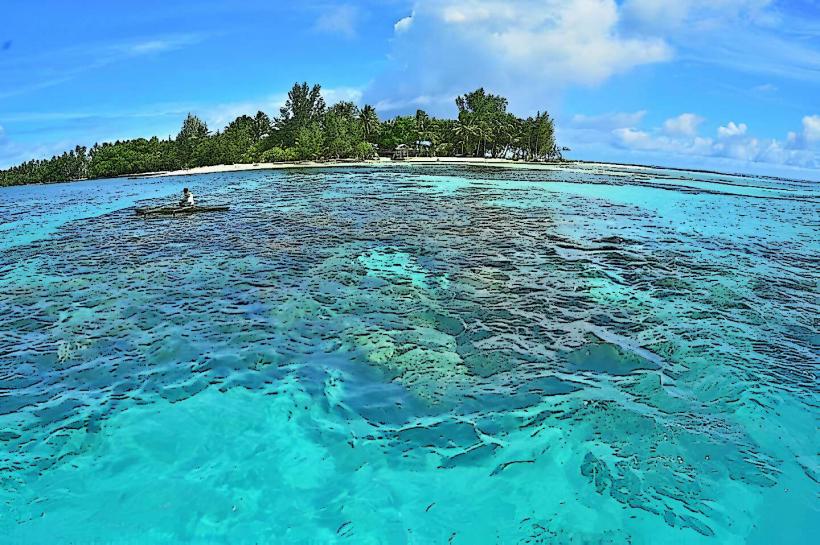Information
Landmark: Mokerang IslandCity: Manus
Country: Papua New Guinea
Continent: Australia
Mokerang Island is a small, remote island located in Manus Province, Papua New Guinea, part of the Admiralty Islands group. This island, like many others in the region, is known for its natural beauty, biodiversity, and traditional way of life.
Here are key details about Mokerang Island:
Geography and Location:
- Location: Mokerang Island is situated within the Admiralty Islands, part of the Bismarck Archipelago, which is a group of islands in the western Pacific Ocean, northeast of Papua New Guinea’s mainland. It is relatively close to Manus Island, the largest island in Manus Province.
- Landscape: The island is characterized by lush tropical vegetation, including rainforests and coastal ecosystems. It is surrounded by clear blue waters, coral reefs, and sandy beaches. Mokerang, like other islands in the region, has a combination of hilly terrain and coastal plains. The volcanic soils in the area are fertile, supporting various types of plant life.
- Climate: Mokerang Island experiences a tropical climate, with warm temperatures throughout the year and significant rainfall, especially during the wet season. This climate supports diverse flora and fauna on the island.
Culture and Population:
- Indigenous Community: The people of Mokerang Island are part of the indigenous communities of Manus Island and the wider Manus Province. Like other communities in the region, they maintain traditional customs and practices, which are closely tied to the land and sea. The islanders rely on fishing, farming, and hunting to meet their needs.
- Languages: The local language spoken on Mokerang Island is one of the Manus languages, although many residents also speak Tok Pisin, which is widely used across Papua New Guinea, and English, particularly in more formal contexts or dealings with outsiders.
Economy:
- Fishing: Fishing is a vital part of the economy for the residents of Mokerang Island. The surrounding waters are rich in marine life, including fish, shellfish, and other seafood. Fishing is primarily done using traditional methods, such as nets and hand lines, as well as modern fishing gear.
- Agriculture: Agriculture also plays a role in the livelihoods of Mokerang's residents. The fertile volcanic soils on the island allow for the cultivation of crops like taro, yam, coconut, and bananas, which are staple foods for the islanders. Subsistence farming is common, with most produce grown for local consumption, though surplus items may be traded with other communities.
- Trade: The island's economy is largely subsistence-based, but there is some local trade. Islanders may exchange fish, crops, and traditional crafts with neighboring villages or Manus Island, where markets may be more established.
Environment and Biodiversity:
- Marine Life: The waters around Mokerang Island are part of the rich marine ecosystem of Manus Province. These waters are home to diverse coral reefs, fish species, and marine life, making the island an important area for both local fishing and potential eco-tourism. Snorkeling and diving are possible activities in the surrounding waters.
- Rainforests and Wildlife: Mokerang Island’s rainforests are home to various species of birds, insects, and small mammals. The island’s biodiversity is typical of tropical islands in the region, with thick vegetation and diverse plant life.
- Environmental Concerns: Like many small islands in the Pacific, Mokerang Island is vulnerable to the effects of climate change, particularly rising sea levels and extreme weather events. The island’s coastal areas may be at risk from flooding or erosion, while changes in weather patterns could affect local agriculture and fishing.
Social and Cultural Life:
- Traditional Practices: The island's inhabitants continue to observe traditional practices, including ceremonies, dances, and festivals tied to important life events. These cultural traditions help maintain the community's identity and provide a sense of belonging among the islanders.
- Community Life: Mokerang Island is a small, close-knit community. The social structure is often based on extended families, and cooperation is important in daily activities such as farming, fishing, and building. Islanders often share responsibilities, and decisions are typically made collectively.
- Housing and Architecture: Traditional homes on Mokerang Island are often made from local materials such as bamboo, wood, and palm leaves. These homes are designed to provide ventilation and shelter from the tropical climate. More modern homes may also be present, though traditional architecture remains common.
Challenges:
- Isolation: Mokerang Island, like many small islands in the region, is relatively isolated. Access to modern services such as healthcare, education, and infrastructure is limited. Islanders often rely on traditional forms of medicine and community-based solutions to meet their needs.
- Environmental Vulnerability: Mokerang Island, with its coastal location, faces potential risks from climate change, such as rising sea levels and the threat of tropical storms. The islanders must contend with these challenges to ensure their long-term survival.
- Limited Infrastructure: The island’s infrastructure is basic, with limited roads and electricity. This lack of development can pose difficulties, particularly in times of disaster or when services like healthcare are needed.
Tourism:
- Natural Beauty: Mokerang Island’s pristine beaches, lush rainforests, and clear, coral-rich waters make it a potential destination for eco-tourism. Visitors can enjoy a peaceful environment and explore the island’s natural beauty.
- Cultural Experiences: Visitors to Mokerang Island may also have the opportunity to experience the islanders’ traditional lifestyles. Cultural experiences may include witnessing local ceremonies, participating in fishing or farming activities, or learning about traditional crafts.
- Eco-Tourism Potential: The surrounding coral reefs and marine life offer opportunities for eco-tourism, such as diving and snorkeling. The island’s remote nature and pristine environment make it an ideal destination for travelers seeking off-the-beaten-path experiences.
Conclusion:
Mokerang Island, while small and remote, is a vibrant part of Manus Province, Papua New Guinea. Its natural beauty, rich cultural heritage, and strong community ties make it an important part of the Admiralty Islands. The island’s economy is based on fishing and subsistence farming, and its environment supports a diverse range of flora and fauna. Although facing challenges like isolation and environmental risks, Mokerang Island remains a resilient and culturally rich location that continues to sustain its people through traditional practices and resources.

